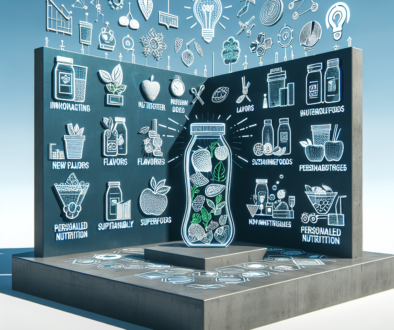Preliminary Study On The Mechanism Of D980-Nm Semiconductor Laser On Lipolysis And Rejuvenation Of Rat Skin
Keywords
Laser, Photoaging, Fibroblasts, Collagen Fibers, Tgf-¦¢1, Bfgf, Rat
Abstract
Objective To preliminarily explore the mechanism of D980-nm semiconductor laser on lipolysis and rejuvenation of SD rat skin, and analyze the differences between different treatment frequencies. Methods 18 clean-grade male SD rats aged 12 to 14 months and weighing 400 to 450 g were used. Taking the rat spine as the dividing line, the left skin was used as the laser irradiation experimental side, and the right skin was used as the normal control side. The experimental animals were randomly divided into 3 groups (n=6). The experimental side (groups A, B, and C respectively) used a D980-nm semiconductor laser in pulse mode with an energy density of 20 J/cm2, a power of 8 W, and a pulse width of 20 ms, pulse frequency 40 Hz, subcutaneous irradiation 1, 2, and 3 times respectively as one course of treatment, with an interval of 5 minutes each time, and an interval of 1 week between each course, for a total of 4 courses. The control side (groups A1, B1, and C1 respectively) was not treated with laser. One week after the end of the fourth course of treatment, the samples were collected and subjected to HE staining and immunohistochemistry staining. The changes in the rat skin tissue structure before and after laser irradiation were observed, the dermal thickness was measured, and fibroblasts and TGF-¦Â1 and bFGF positive cells were counted. Results Compared with groups A1, B1, and C1, the skin tissue structure of rats in groups A, B, and C was significantly improved after D980-nm semiconductor laser irradiation, with a decrease in fat cells, the formation of local small blood vessels, an increase in fibroblasts, and an increase in collagen fibers. The bundles increased, thickened, and were arranged tightly and regularly. The thickness of the dermis, fibroblasts, and TGF-¦Â1 and bFGF-positive cells all increased significantly, and the difference was statistically significant (P<0.05). As the frequency of laser treatment increased, the above indicators gradually increased. Group C was better than groups A and B, and the difference was statistically significant (P<0.05). Conclusion D980-nm semiconductor laser treatment has obvious lipolysis and rejuvenation effect on rat skin, which is closely related to the frequency of laser treatment. Its lipolysis and rejuvenation effect is related to the tissue effect and cell effect of the laser. For further information of this article and research, feel free to contact our team for asssitance. Original research was done by Xia Huakuan, Zhang Wei, Wang Youwen, Wang Chao, Miao Yibin
About ETChem
ETChem, a reputable Chinese Collagen factory manufacturer and supplier, is renowned for producing, stocking, exporting, and delivering the highest quality collagens. They include marine collagen, fish collagen, bovine collagen, chicken collagen, type I collagen, type II collagen and type III collagen etc. Their offerings, characterized by a neutral taste, and instant solubility attributes, cater to a diverse range of industries. They serve nutraceutical, pharmaceutical, cosmeceutical, veterinary, as well as food and beverage finished product distributors, traders, and manufacturers across Europe, USA, Canada, Australia, Thailand, Japan, Korea, Brazil, and Chile, among others.
ETChem specialization includes exporting and delivering tailor-made collagen powder and finished collagen nutritional supplements. Their extensive product range covers sectors like Food and Beverage, Sports Nutrition, Weight Management, Dietary Supplements, Health and Wellness Products, ensuring comprehensive solutions to meet all your protein needs.
As a trusted company by leading global food and beverage brands and Fortune 500 companies, ETChem reinforces China’s reputation in the global arena. For more information or to sample their products, please contact them and email karen(at)et-chem.com today.



